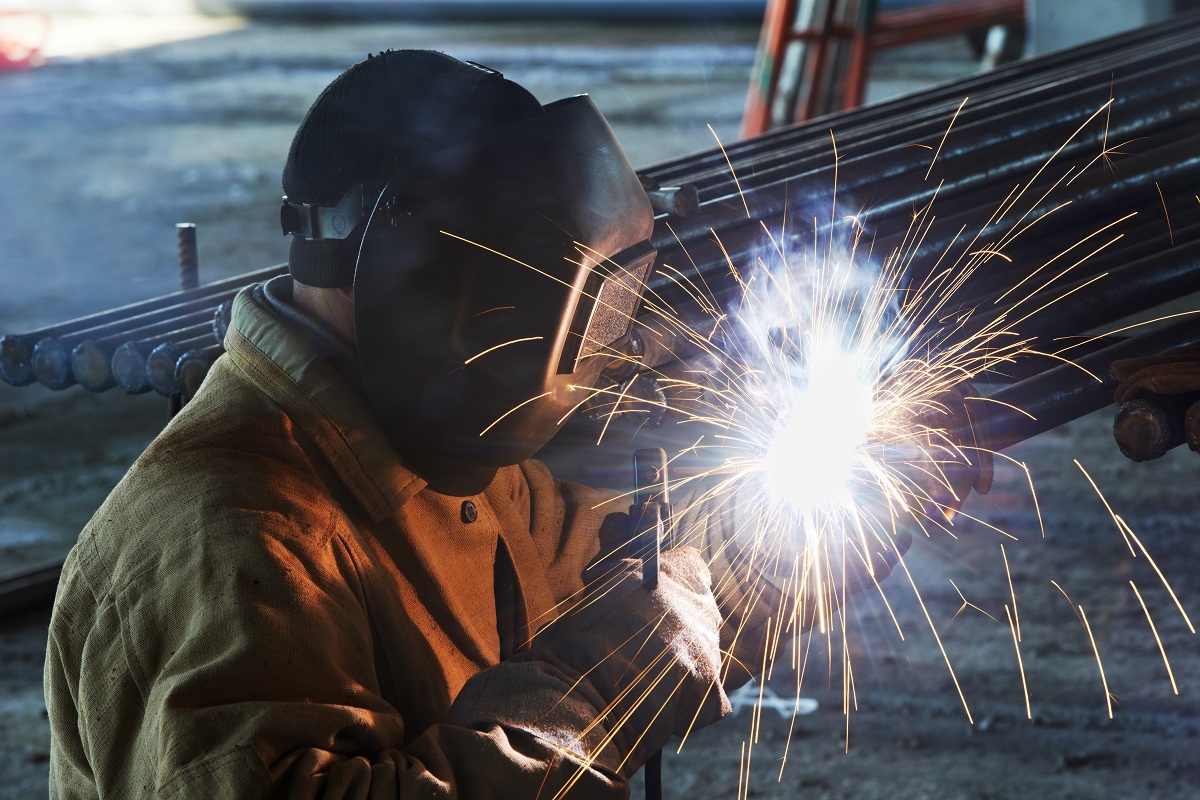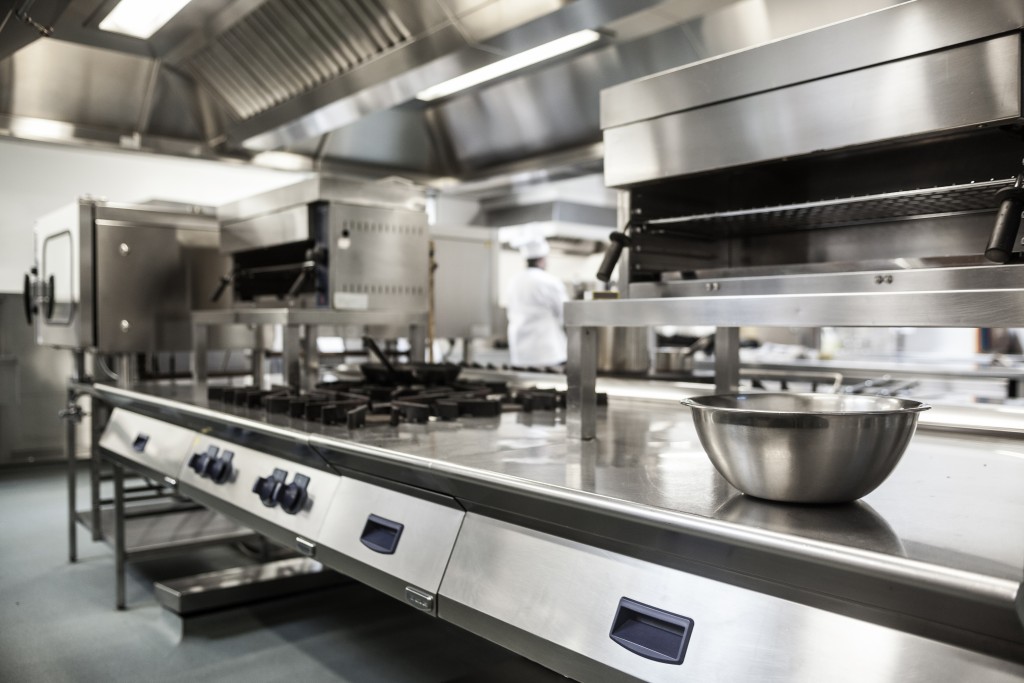Shielded Metal Arc Welding (SMAW), or stick welding, is the most popular form among the arc welding processes. Industries commonly use it for repairs, construction of steel structures, and industrial fabrication. Stick welding is usual in Edmonton, New South Wales, and other cities across the world where businesses use it for oil extraction and mining.
How does it work?
Although SMAW is difficult to master, its process is simpler than other forms of welding. The technician’s main tool for stick welding is a flux-covered electrode, or a “stick,” which conducts electricity to bind a variety of metals. Electric current flows from the welding stick to the base material, causing the metal joint between the two parts to melt.
While melting, the flux coating of the stick creates a cloud of gases that shields the molten metal; hence the name shielded metal arc welding. This gas cloud settles on the molten part of the metal and solidifies into slag, which must be chipped off after the welding process.
What are its advantages?
Apart from having a less complicated method, SMAW has other advantages over other forms of welding. For one, stick welding can withstand strong winds and rain, unlike Gas Metal Arc Welding or MIG, which is sensitive to harsh weather conditions.
SMAW produces stronger binds as well, making it the preferred welding process in construction. It can effectively merge the most common metals and alloys, including thicker materials, like cast iron, which other processes are too feeble for. The intense heat produced by the electrode cuts easily through heavy metals, making it easier to fuse materials together.
Stick welding is also relatively cheaper because it uses flux-coated welding rods. This eliminates the need for sophisticated and more expensive equipment, like a bottled shielding gas that technicians use in MIG and TIG welding.
What are its disadvantages?
Despite its simplistic procedure, stick welding requires a certain level of expertise and precision. Controlling the electrode and the pool of molten metal is a skill technicians acquire through rigorous practice, so SMAW may not be suitable for beginners.
Additionally, this method is not advisable for binding thin metal sheets. Because of the extreme heat created by the welding stick, it will likely burn through the material.
Moreover, SMAW is not the most aesthetically pleasing method because of the slag it produces. It creates a lot of sparks, debris, and unappealing marks that technicians have to remedy with a few finishing touches.
What are common stick welding techniques?

Slag accumulation is one of the biggest drawbacks of SMAW. To prevent this, make sure that your base material is free from debris, grease, and other filth that can increase slag buildup. This can shorten the time you’ll need for touch-ups afterward.
You’ll need to clean your welding stick as well to prevent slag accumulation. Having too much slag on your welding rod will make your output sloppy and less precise. The best way to combat this is to regularly furbish your electrode stick with a sturdy metal file.
You learn the most of the other important techniques through practice. These include having the right force, speed, and angle in controlling your welding tool. Keep honing your stick welding skills and eventually, you’ll get better at it.
Although it’s the most common form of welding, keep in mind that SMAW has its own strengths and weaknesses. Think about the type of project you need to do, so you can decide whether stick welding is the best method to use.


